Are you in search of the perfect cooking utensils? Look no further than olive wood and bamboo.
In this article, we’ll explore the key differences and compare olive wood vs bamboo cooking utensils. We’ll also delve into the sustainability and eco-friendliness of both options.
Get ready to learn about the aesthetics and unique grain patterns that make olive wood vs bamboo cooking utensils a stylish addition to your kitchen.
Key Takeaways of Olive Wood vs Bamboo Cooking Utensils
- Bamboo utensils are known for their durability and longevity, while olive wood utensils do not have the same level of durability.
- Bamboo utensils have natural antibacterial properties due to the substance called ‘bamboo kun‘, which helps reduce the risk of cross-contamination and foodborne illnesses. Olive wood utensils do not have this natural antibacterial property.
- Bamboo utensils are heat resistant and have a non-scratch surface, making them suitable for high-temperature cooking without damaging cookware. Olive wood utensils do not have the same level of heat resistance and may leave scratches on cookware.
- Both olive wood and bamboo are sustainable and eco-friendly materials, but bamboo has a lower carbon footprint due to its faster growth rate and higher carbon dioxide absorption. Sourcing and manufacturing practices should be considered for truly sustainable and eco-friendly utensils.
Durability and Longevity
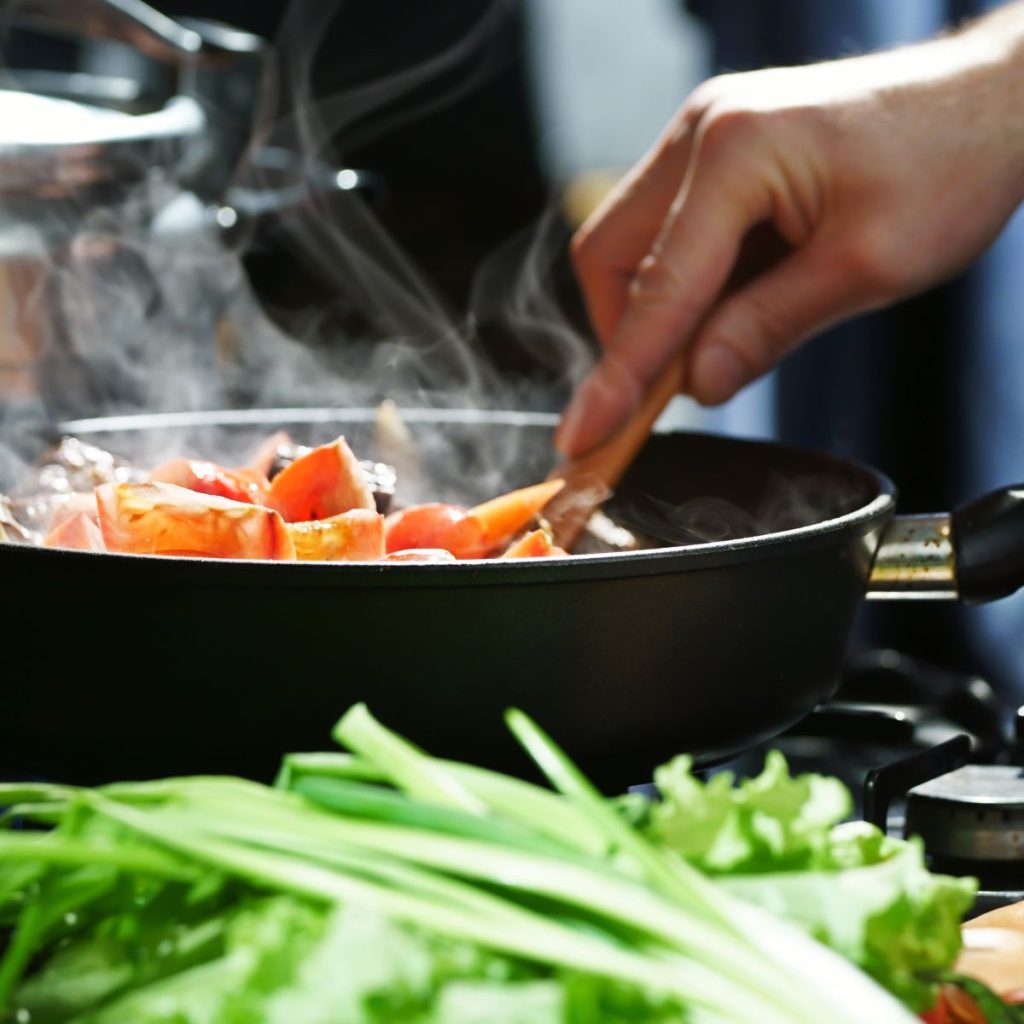
When it comes to the durability and longevity of olive wood vs bamboo cooking utensils, bamboo utensils have the advantage over olive utensils.
Bamboo is known for its incredible strength and durability, making it an excellent choice for kitchen utensils that are used daily.
Unlike olive wood, which can be prone to cracking and splitting over time, bamboo utensils are less likely to break or deteriorate.
Bamboo is also highly resistant to moisture and doesn’t absorb water easily, which helps prevent warping and mold growth.
Additionally, bamboo utensils are less susceptible to heat damage, making them suitable for high-temperature cooking.
With proper care and maintenance, bamboo cooking utensils can last for years, providing you with reliable and long-lasting tools in the kitchen.
Natural Antibacterial Properties

To highlight the natural antibacterial properties of bamboo cooking utensils, you can trust that they will help keep your kitchen clean and hygienic. Bamboo contains a substance that has antimicrobial properties that inhibit the growth of bacteria and other microorganisms. This makes bamboo utensils a great choice for food preparation and cooking, as they can help reduce the risk of cross-contamination and foodborne illnesses.
The table below compares the antibacterial properties of olive wood vs bamboo cooking utensils:
| PropertiesBamboo Cooking UtensilsOlive Wood Cooking Utensils | ||
|---|---|---|
| Antibacterial | Yes | No |
| Antimicrobial | Yes | No |
| Inhibits bacteria growth | Yes | No |
| Reduces risk of cross-contamination | Yes | No |
| Helps prevent foodborne illnesses | Yes | No |
As you can see, bamboo cooking utensils have the advantage when it comes to natural antibacterial properties. By choosing bamboo, you can ensure a cleaner and safer cooking environment in your kitchen.
Heat Resistance and Non-scratch Surface

Bamboo utensils offer an excellent combination of heat resistance and a non-scratch surface, ensuring durability and versatility in your cooking experience. Here are four reasons why bamboo utensils are a great choice for your kitchen:
- Heat resistance: Bamboo is known for its natural heat resistance, allowing you to use these utensils safely in high-temperature cooking. You can confidently stir-fry, sauté, and flip without worrying about the utensils warping or melting.
- Non-scratch surface: Bamboo utensils have a smooth and non-porous surface that’s gentle on your cookware. Whether you’re using non-stick pans or stainless steel pots, bamboo utensils won’t leave any scratches or marks.
- Durability: Bamboo is a strong and sturdy material, making these utensils long-lasting. They can withstand regular use and resist cracks and splinters, ensuring they stay in excellent condition for years to come.
- Versatility: Bamboo utensils come in various shapes and sizes, allowing you to handle different cooking tasks effortlessly. From stirring to serving, these utensils can handle it all, making them a versatile addition to your kitchen arsenal.
With their heat resistance, non-scratch surface, durability, and versatility, bamboo utensils are a reliable choice for any cooking adventure.
Sustainability and Eco-Friendliness
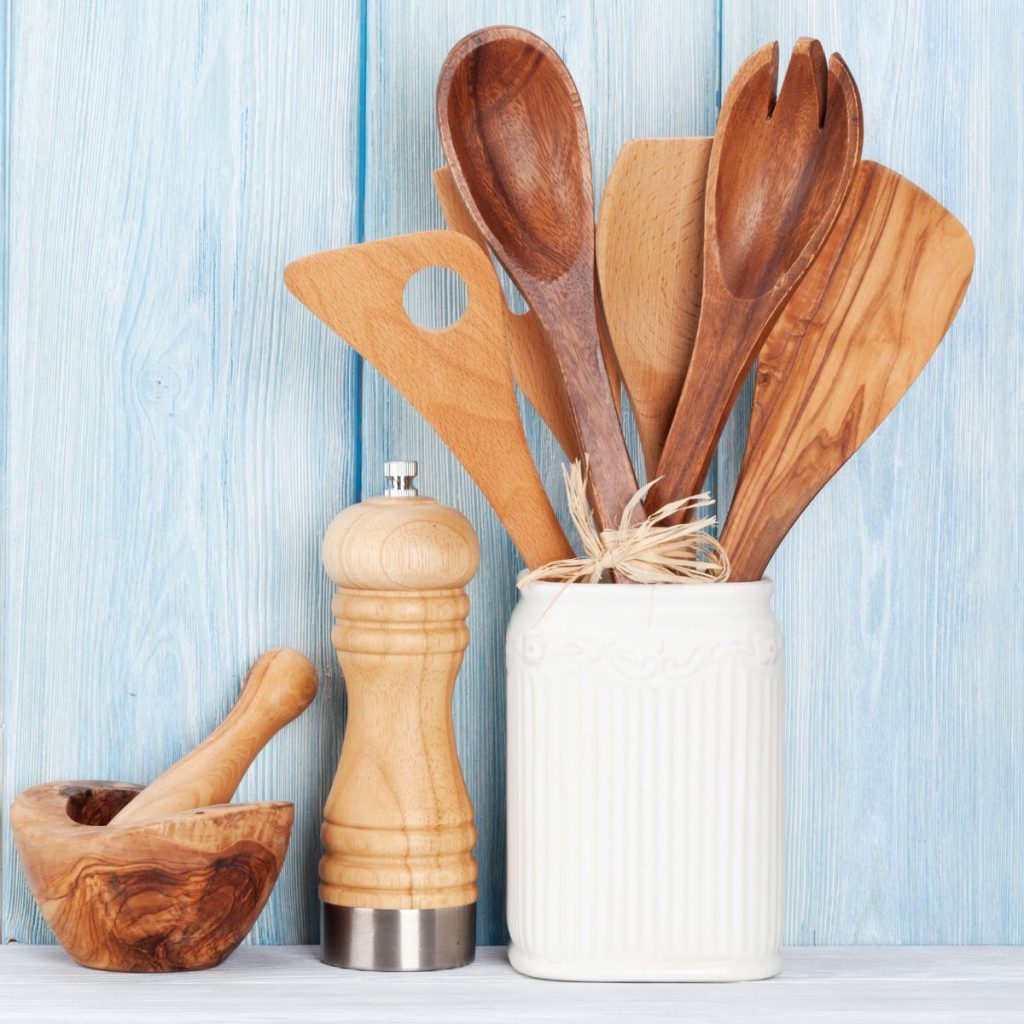
Choose utensils that prioritize sustainability and eco-friendliness.
When it comes to cooking utensils, both olive wood and bamboo are excellent options.
Olive wood is highly sustainable as it’s a byproduct of olive tree pruning. This means that no trees are cut down solely for the purpose of making utensils.
Bamboo, on the other hand, is one of the fastest-growing plants on Earth and can be harvested without killing the plant.
Both materials are renewable and biodegradable, making them eco-friendly choices.
In terms of carbon footprint, bamboo has the advantage as it grows quickly and absorbs more carbon dioxide than olive trees.
However, it’s important to consider the sourcing and manufacturing practices of the utensils to ensure they’re truly sustainable and eco-friendly.
Aesthetics of Olive Wood vs Bamboo Cooking Utensils
When selecting between olive wood vs bamboo cooking utensils, consider the visually distinct grain patterns each material offers. The aesthetics of your kitchen tools can greatly enhance your cooking experience.
Here are four ways in which olive wood and bamboo differ in terms of their unique grain patterns:
- Olive wood showcases a rich and intricate grain pattern that varies from piece to piece. The swirling lines and knots create a beautiful and natural look.
- Bamboo, on the other hand, features a straight and uniform grain pattern that exudes a clean and minimalist aesthetic. The smooth and consistent lines give a modern and sleek appearance.
- Olive wood‘s warm tones and darker shades enhance its grain pattern, making it a visually striking option for those seeking a rustic or traditional look in their kitchen.
- Bamboo‘s light and pale hues provide a fresh and bright backdrop for its grain pattern, making it an excellent choice for those who prefer a contemporary and airy feel in their cooking space.
Both olive wood and bamboo offer unique grain patterns that can add charm and character to your kitchen. Consider your personal style and aesthetic preferences when choosing between olive wood vs bamboo cooking utensils.


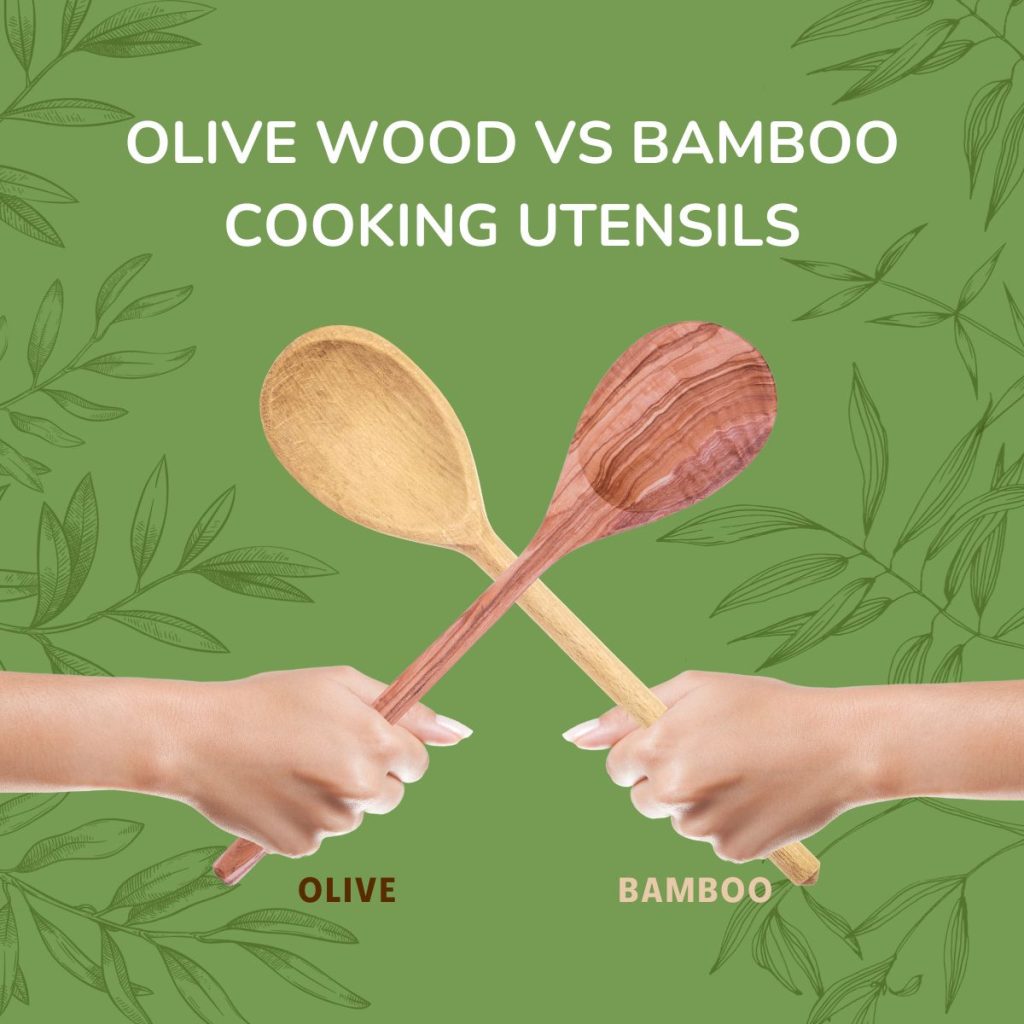

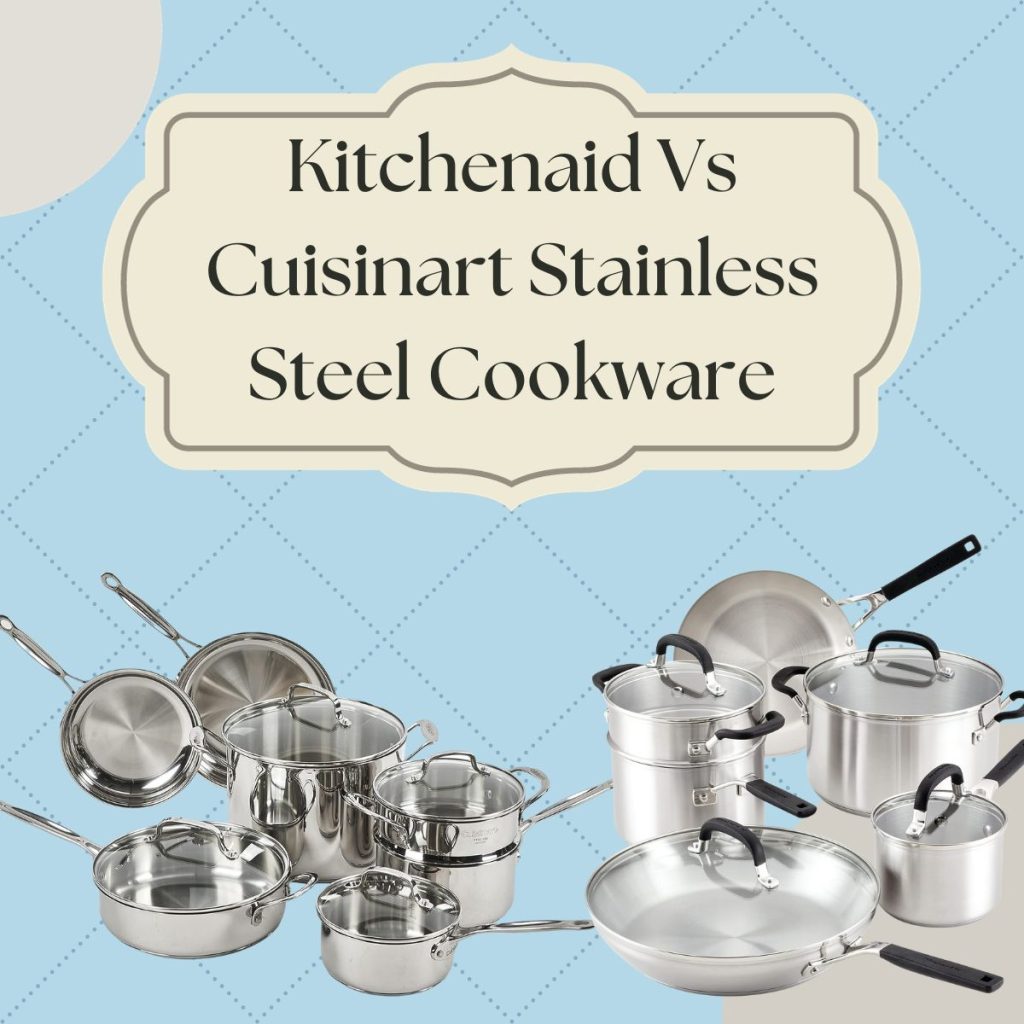
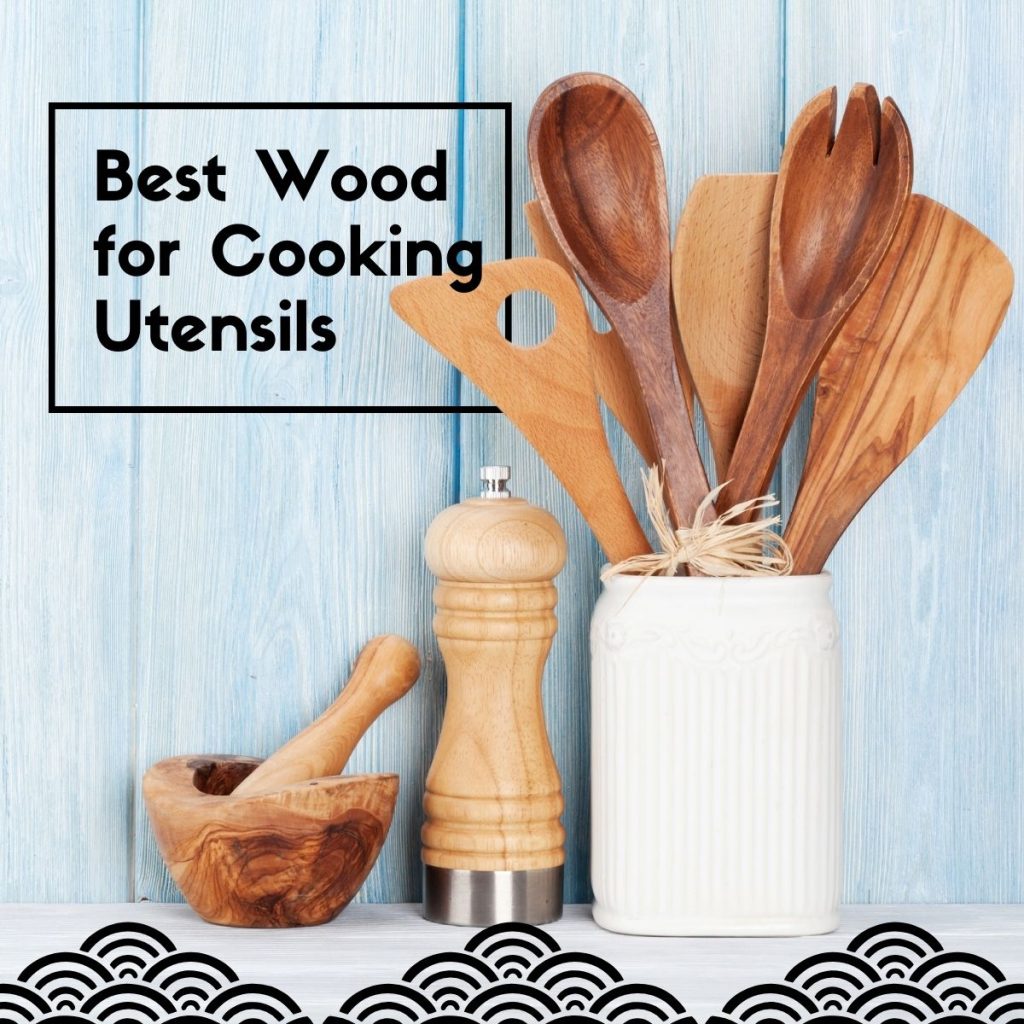
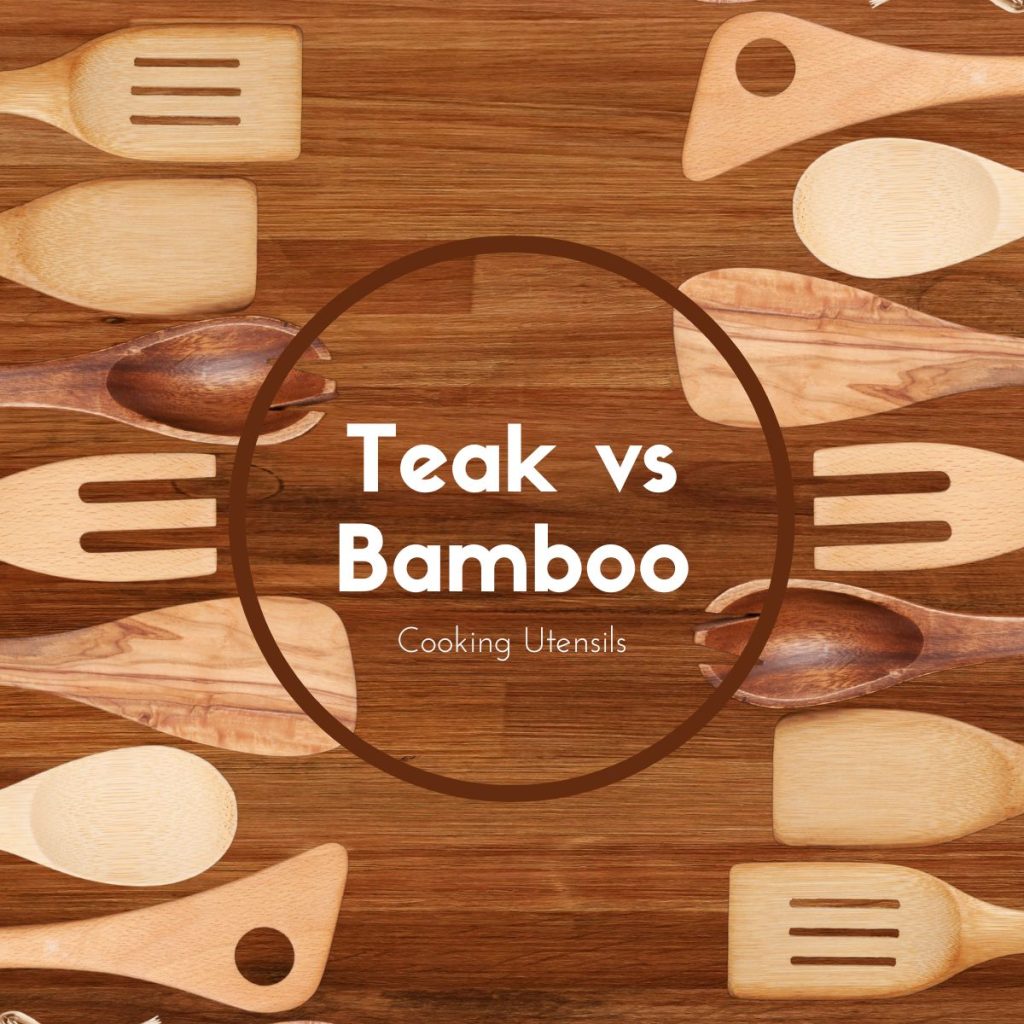
Konnichiwa! (Hello!) I'm Pat Tokuyama, a Japanese tofu cookbook author, who travels for music, food, and adventure. If you like Japanese tea, checkout some of the newestorganic japanese tea, matcha bowls and noren and more!
** Curious about the Plant Based Japanese Cooking Club? ** Learn more here!